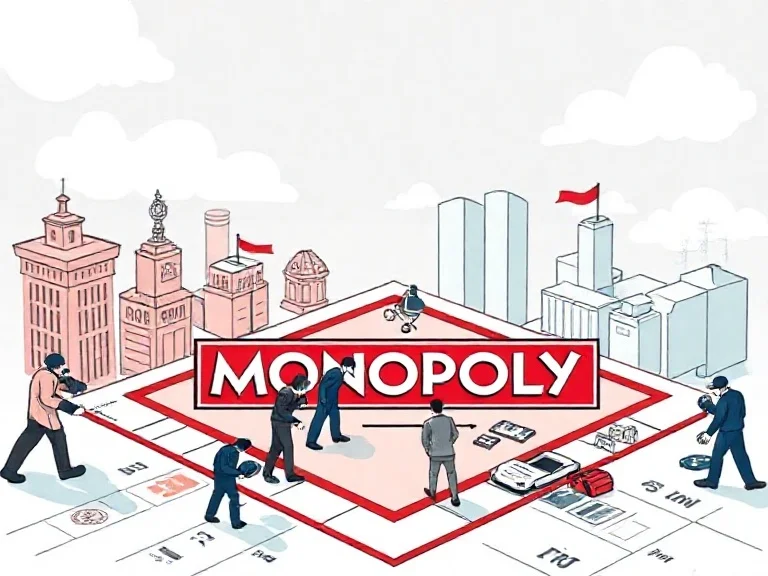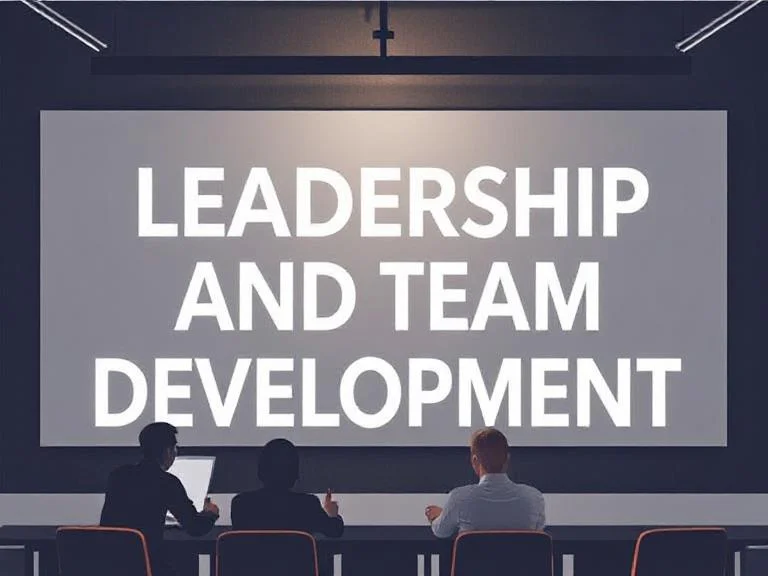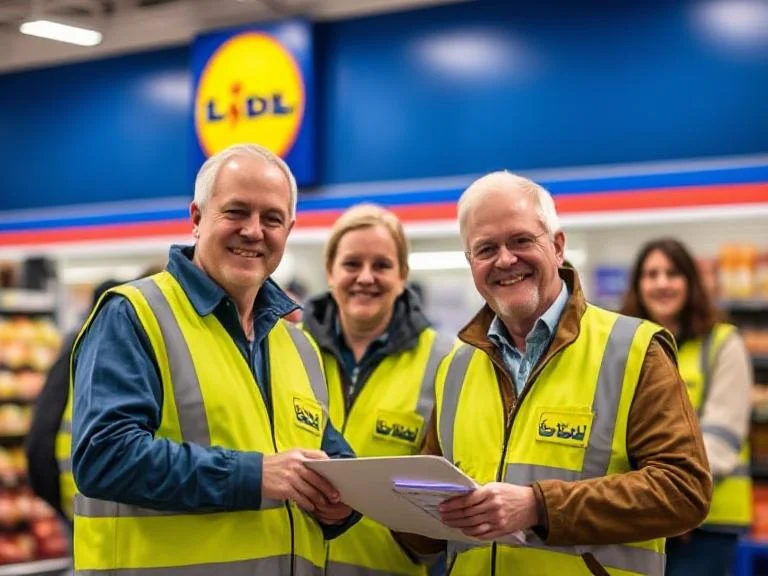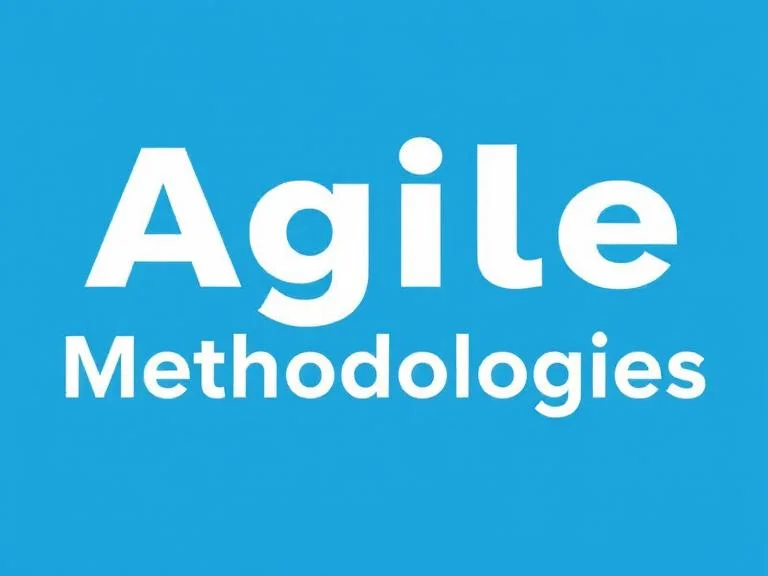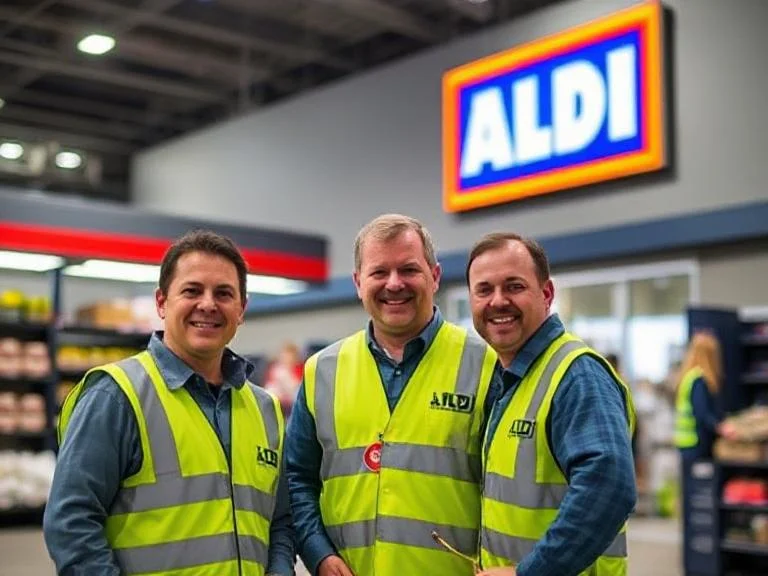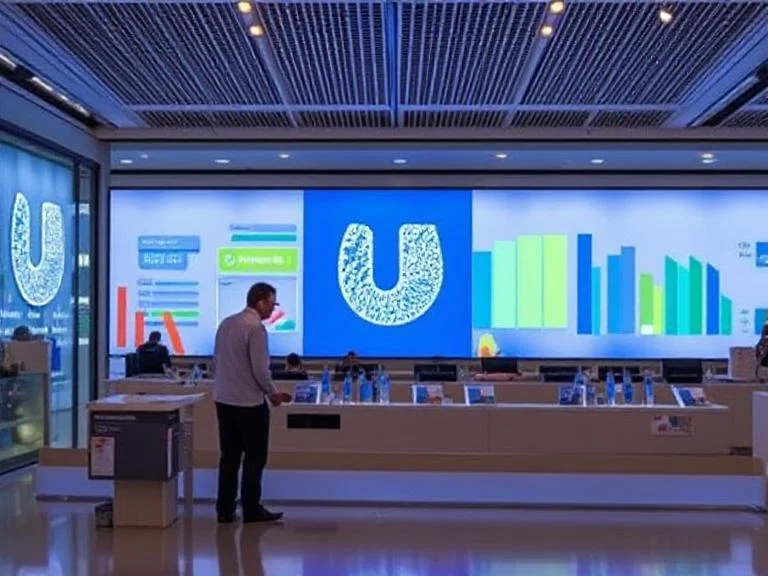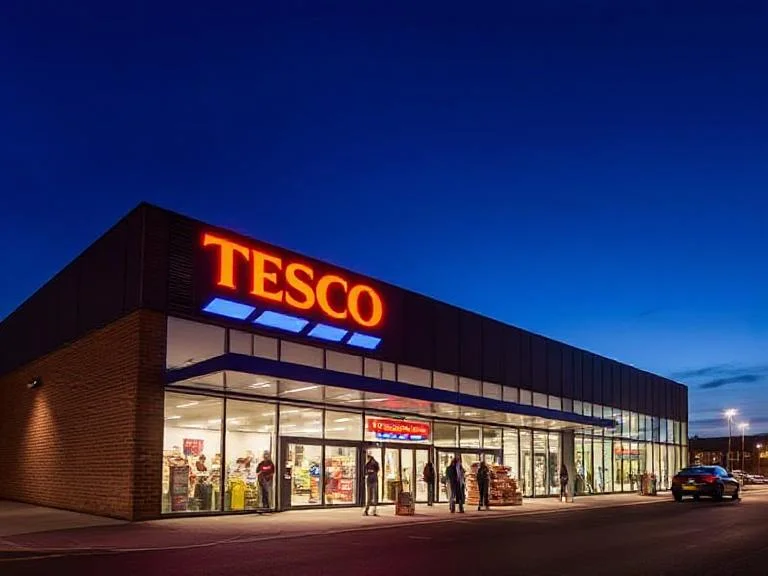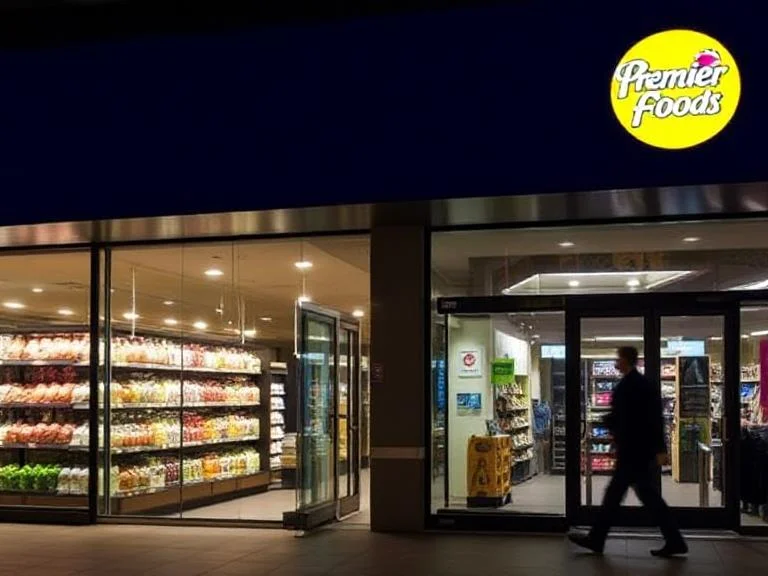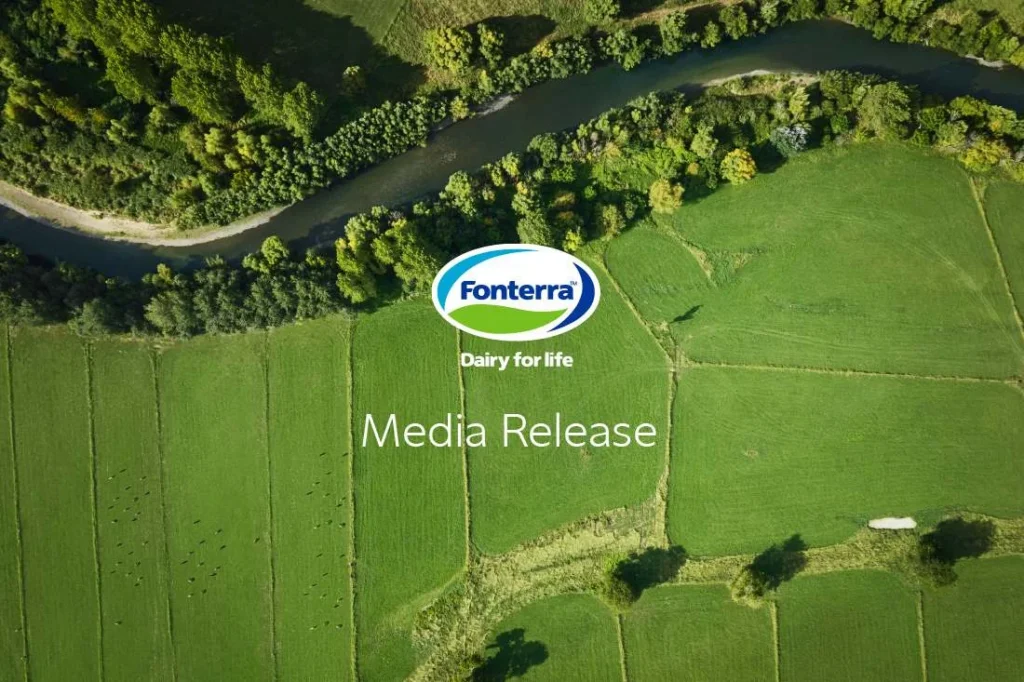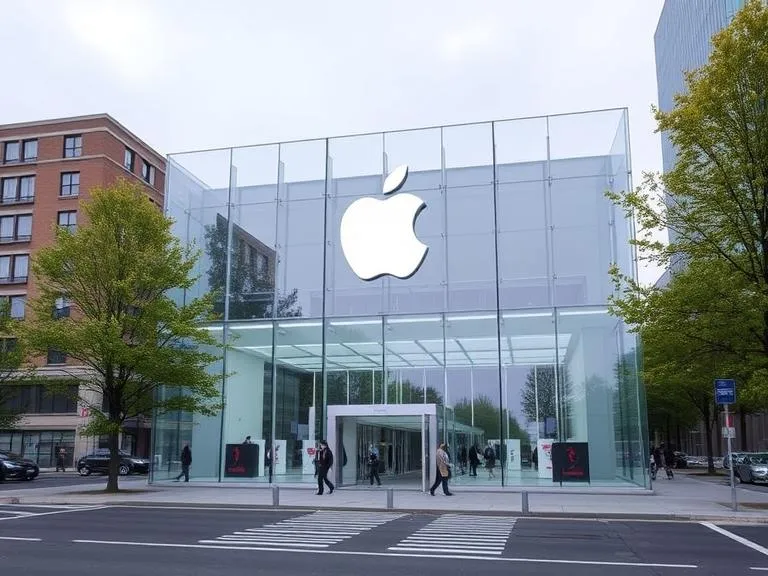Global Strategy and Sustainability Report of Fonterra
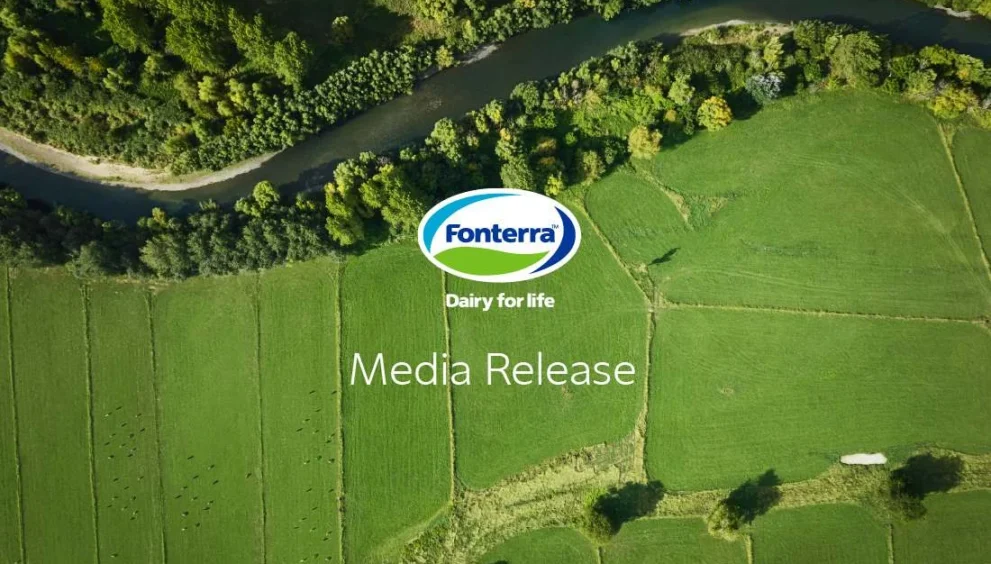
Fonterra, being one of the key entities in the world of dairy business, faces a complex and unstable environment which is defined with both internal and external factors. This report has been prepared to conduct a thorough analysis of Fonterra’s external and internal environment, opportunities for international expansion, options for entry into foreign markets, corporate strategies for supply chain improvement, methods to increase profitability, assessment of the CSR strategy and sustainability, and identification of ethical issues. This report endeavors to evaluate the present state of affairs of Fonterra and analyze the strategic options which could provide the management with actionable insights and recommendations necessary for making appropriate decisions.
Task 1 – The External and Internal Environment
External Environment Analysis (PESTLE)
Fonterra’s operations are influenced by various factors:
Political: Antigovernment subsidies and trade agreements form operations policy. The stability in foreign markets is crucial in trade relations.
Economic: The global market for dairy products is going through the ups and downs, which affect the turnover. Inflation or deflation conditions influence the purchasing capacity of the customer.
Social: Influences in demand pattern of consumer lead to product portfolio modification. Population dynamics induces consumption behavior.
Technological: Innovation in the field of agriculture and processing brings about a rise in productivity. Digital technology adoption is the way to go for boosting operations.
Legal: Compliance with the rules becomes mandatory. Legal challenges that could affect the competitive edge is also a possibility.
Environmental: Farming is one the of most affected sector due to climate change. A key factor is that policy and consumer preferences drive sustainability and the creation of new products.
Internal Environment Analysis VRIO Analysis
- Value: The brand image of Fonterra, the sizeable distribution network, and the close connection to New Zealand fresh sources of milk add value to all stakeholders. The technological progress in milk production and its development invariably contribute to its competitive advantage in the market.
- Rarity: Fonterra has the privilege of a very exclusive access to the unique dairy environment available in New Zealand, a resource that is a matter of envy elsewhere. Unique to dairy farming sector, the expertise is also among its rare elements, as well.
- Imitability: Although Fonterra’s scale and upstream integration pose a challenge to its competitors, some of its capabilities like technology and marketing processes may be imitated.
- Organization: Fonterra’s organization’s structure, culture, and management practices have the ability to efficiently apply their resources and capabilities to the organization. Effective supply chain management and critical partnerships are therefore additional tools for an organization’s success.
Current Sources of Competitive Advantage
Competitive Advantage Sources
Fonterra’s strengths lie in its renowned brand, expansive distribution network, access to top-tier dairy sources, technological proficiency, and effective organization. These facets enable Fonterra to deliver superior dairy products worldwide while upholding cost efficiency and sustainability standards.
Maintenance and Expansion Strategies
To uphold and bolster its competitive edge, Fonterra should prioritize ongoing innovation, operational excellence, and strategic collaborations. This involves allocating resources to research and development for value-added dairy offerings and sustainable farming techniques. Additionally, optimizing supply chains, integrating digital solutions, and venturing into emerging markets can elevate Fonterra’s competitiveness further.
References to Similar Real Companies
- Danone: Containing the Danone, dairy market Fonterra and focuses on sustainable and innovative products. Danone is one of the leading companies on the market of health and sustainability which is a strong indicator of the brand’s competitiveness.
- Nestlé: Nestle, one of the most dominant players in the food & beverage industry, competes with Fonterra in few specific dairy product segments. Nestlé has used its product innovation, brand management, and strategic acquisitions as levers for gaining competitive advantage.
- Arla Foods: Arla Foods, a dairy cooperative owned by farmers, is facing Fonterra in the international dairy field. Arla’s main competitive advantage holds on sustainability, quality, and innovation, which are the key factors for it to be successful in the industry despite the variety of challenges which exist today.
Task 2 – Strategy in the Global Environment
Yips Model
Market Drivers
Fonterra aims to gain the footholds in Asia and Africa by the robust populations and the evolving eating habits. Europe and the Middle East are the destinations for profitable products even they are already quite saturated.
Cost Drivers
With expansion, production and distribution efficiencies yield economics of scale. Cheap supplies in some areas will also cut costs.
Competitive Drivers
Other rivals are the main reason of Fonterra’s internationalization. Local players in Asia and Africa have been progressively gaining market share
Government Drivers
Local policies guide Fonterra’s marketing strategies. Incentives or regulations can influence the entrance and operation of businesses in their respective markets.
Competitive Drivers
R&D leads to specification‑oriented product development. Fonterra’s premium image ensures a competitive edge.
Impact on Overall Company Strategy
Fonterra’s international expansion into Europe, Africa, the Middle East, and Asia aligns with its overall company strategy in several ways:
Market Diversification: The company will, therefore, be more diversified because it will be operating in different geographical areas unlike the situation where the entire business relies on a single market which is risky.
Cost Efficiency: Fonterra is able to tap into the economies of scale by utilizing the resources in these countries which helps in achieving the low production costs and the cost efficiencies.
Competitive Positioning: Through rivalry with both multinational and local players in these regions Fonterra will gain from this competition and therefore its market presence will be enhanced globally.
Innovation and Adaptation: Fonterra’s move into various markets is a guarantee of its innovation and the adaptation of products and strategies in order to achieve the specific and unique demands of each consumer in that region.
Strategic options
Global Strategy
- Concerned with standardizing markets.
- Fonterra is not the best fit as a result of wide spread diversity of tastes and regulations in different regions.
Multinational Strategy
- Able to adjust its operations in accordance with the particular needs of the local market while keeping some centralized functions.
- Particularly descriptive for Fonterra with all the differences.
International Strategy
- Finds its place in the world market as a raw material exporter with minimum adjustments.
- The thinning of the first run may be a disadvantage to compete in the markets with diversity.
Transnational Strategy
- Combines the effectiveness of globalization with the advantages of locality. Tags: globalization, mixed economy, local responsiveness, economic stability
- A good fit for Fonterra, its scale can be leveraged while being adaptable to the local dynamics.
Entry strategies
Joint Ventures/Partnerships
- Fonterra works with local markets partners to get into a deal, sharing risks and resources.
- Research by Omar suggests that local knowledge can be a major asset and it is worth emphasizing that joint ventures have the power to improve competitiveness this way.
- The venture of Nestlé with Indofood in Indonesia shows how a market entry can be efficiently done
Franchising
- To grow as fast as can be, Fonterra enters into franchising, licensing the brand to franchised businesses.
- Zahir breakthrough points that franchising is a good way of overcoming cultural differences.
- McDonald’s massive global presence achieved through an extensive franchise system is a clear sign of its success.
Acquisition
- Fonterra is looking for local dairy companies through which it can get into a market quickly and have access to resources including talent.
- Singh research emphasizes that acquisitions are made in order to obtain access to the market on the spot.
- Danone’s unification with White Wave in the USA verifies the method’s efficacy.
Task 3 – Corporate Strategy
Ansoff Matrix
Market Penetration
Fonterra raises its market share through two channels – selling more of its existing products in its existing markets including New Zealand, Australia, and North America. This means that it can be achieved through increasing the intensity of marketing activities, widening distribution channels or changing the pricing strategies.
Market Development
Fonterra can also exploit its dairy portfolio to access new markets. This can be achieved by entering new markets in Asia, Africa, and the Middle East where there is a notable growth in demand as a result of the increasing populations and the rising incomes.
Product Development
Dairy company Fonterra could come up with a new dairy product or different variant of the existing one to match the changing tastes and preferences of consumers. This could include dairy free milk, non-dairy alternatives, or flavored yogurt to target to those people who are health conscious.
Diversification
Fonterra can do this by entering related or unrelated markets through an addition of products to their current portfolio. For instance, the company can start producing dairy-based snacks, nutritional supplements, or special ingredients in the dairy sector for the food manufacturers.
Supply Chain Improvement Strategies
- Horizontal Integration: It can be expanded by acquiring or merging with milk processing companies in different regions to widen its market share and increase production capacities.
- Vertical Integration: With that, Fonterra will be able to make sure that the milk supply is stable by purchasing farms and control the production processes by investing in processing facilities.
- Outsourcing: Fonterra can outsource non-core operations like transport and storage to external contractors in order to maximize the attention on the main competencies and decrease expenses.
- Strategic Alliances: Cooperating with suppliers, distributors, and other dairy companies might result in resource sharing, penetration of the market, and innovation activities.
- Just-in-Time Inventory Management: The JIT system is a tool for cutting inventory costs and gaining responsiveness to demand changes.
- Technology and Automation: Supporting modern innovations such as robotics and data analytics will help in streamlining efficiency and gaining competitive advantage in the supply chain.
Increasing Profitability
To portray the way Fonterra can get more profit, let’s employ the Porter’s Value Chain framework tool. This model identifies primary and support activities within a company’s value chain and provides insights into areas where Fonterra can focus on to enhance its profitability:
Porter’s Value Chain
Primary Activities
- Inbound Logistics: Fonterra can maximize the inbound logistics by developing good relationships with suppliers, by finding lower costs of raw materials, shipping and warehousing processes. This allows entities to have lower procurement costs and better management of inventory.
- Operations: Take manufacturing processes, for instance, they can be improved by introducing automation and efficiency enhancing measures which in turn can increase productivity and reduce production costs. Fonterra can also allocate funds into the technological development that will aid in improving the product quality and consistency.
- Outbound Logistics: Consolidating distribution channels, improving delivery routes and implementing fast and efficient order fulfillment processes will decrease delivery time and costs. Fonterra can also consider DTC-channels as a way to improve its products’ value chain.
- Marketing and Sales: Fonterra can use targeted marketing campaigns to position its products and build brand reputation, thus allowing the company to expand rapidly. Using data analytics and customer insights, sales forecasting and customer management relations can be enhanced.
- Service: Offering premium quality customer service, which entails after-sales support and product customization, might be the way to increase consumer satisfaction and loyalty. Fonterra can provide its customers with value-added services such as technical assistances or training in order to build the brand’s worth.
Support Activities
Procurement: A strategic procurement process including supplier selection, negotiation, and contract management can be an important input cost lowering factor and could improve supply chain efficiency. Cooperation of Fonterra with suppliers may be also designed to ensure optimal terms and access to first-class suppliers.
Technology Development: Investment in research and development (R&D) to create new dairy products, production procedures and the containers can help the product differentiation and premiumization. Fonterra can partner with academic institutions or industry partners in order to fast track innovation.
Human Resource Management: The improvement of workers’ skills and capabilities via training programs, performance rewards, as well as talent management programs motivates employees and operational excellence.
Infrastructure: Investing in modernizing the infrastructure that include production facilities, distribution centers, and information systems could increase operational efficiency and the underutilized capacity. Fonterra also has a great opportunity in such a case to invest in sustainability initiatives to minimize environmental impact and improve brand reputation.
Firm Infrastructure: Organization effectiveness can be accelerated if the processes, government structures, and decision-making are improved. As a result, profitability will be enhanced. Fonterra could introduce lean management practices, build risk management systems and create a culture of continuous improvement through improving its organizational processes.
Academic Literature and Real Company References
According to Ding research, underscored the fact that value chain analysis is one of the techniques that can be used to identify areas of cost reduction or value creation within a business operations. These corporations, for instance, Nestlé and Danone, have managed to elevate their profit levels by developing innovative technologies, entering the supply chain, and leveraging consumer-centric marketing techniques.
Task 4 – Strategic Purpose – Ethics and CSR
To analyze Fonterra’s CSR (Corporate Social Responsibility) strategy, we can use Carroll’s CSR Pyramid, which identifies four responsibilities that organizations have: economical, legal, ethical, and philanthropic. We will now assess the CSR practices at Fonterra and evaluate each of its dimensions. After that, we will recommend some improvements to it using stakeholder theory.
Carroll’s CSR Pyramid
Economic Responsibility
Fonterra’s role as a corporate entity involves two things: making money and contributing to economic development. As an important player in dairy sector, Fonterra has to make sure that her operations are economically sound and bring in good money to the economy.
Legal Responsibility
It is Fonterra’s duty to comply with all the legal requirements and the rules of the countries where the company does business. This involves the enactment of food safety rules, environmental laws, labor regulations, and other regulatory requirements.
Ethical Responsibility
Ethical responsibility is defined as doing business responsibly, which means that all the required actions are taken to achieve the goals of the business, but the morals are not violated. Fonterra should be on the frontline to ensure ethical behavior in its supply chain, like fair treatment of farmers and suppliers, ethical sourcing of ingredients and transparency in operations to the public.
Philanthropic Responsibility
Philanthropic responsibility is about the participation in the social good through social-charity and community engagement initiatives. Fonterra can involve in charity events, for instance, funding for local communities, education and health care, and environmental farming.
Analysis of Fonterra’s CSR Strategy
Economic Responsibility: The economic responsibility of Fonterra has been proved by its profitable and ensuring the economic advancement of New Zealand and other countries where it has its operations. Nevertheless, the company’s financial results shouldn’t be the only thing that is taken into consideration when it comes to the social and environmental role that it plays.
Legal Responsibility: Fonterra is a company which takes compliance with the law very seriously, especially in areas which include food safety regulations and environmental regulations. The firm has allocated funds on robust quality control procedures and regulatory governance systems so as to guarantee the integrity and safety of its products.
Ethical Responsibility: Fonterra has some ethical issues in the past, for example, the 2013 botulism case which also revealed the supply chain management and control quality problems. While Fonterra has to some extent tried to improve its ethics, continuing controls are needed in order to keep such ethical standards up all its operations.
Philanthropic Responsibility: Fonterra in its community involvement has undertaken initiatives such as helping the rural community, investing in dairy farming education programs and promoting sustainable environment. Yet, the portrayal of the actual philanthropic acts can be expanded and diversified to cover other social and environmental problems.
Recommendations using Stakeholder Theory
Fonterra must include farmers, staff members, consumers, communities, and environment groups in the decision-making process as one of the stakeholders. By doing this, Fonterra will have a better grip on the problems that people face and also know what the people want, to make decisions that consider the interests of all.
Properly setting up a strategic plan with specific and quantifiable CSR goals that matches the expectations of all stakeholders and the needs of society is essential. The objectives should therefore include economic sustainability, social sustainability as well as environmental factors and link them to the overall company strategy of Fonterra.
Fonterra needs to enhance clarity and accountability in her supply chain in order to guarantee fair treatment of supply chain participants, ethical sourcing and compliance with labor and environmental standards. Whereas integrating these technologies – like blockchain and supply chain management systems- can serve as a basis for the success of this goal.
Ethical issues
- Food Safety Concerns: Fonterra has had some earlier incidents like botulism scare in 2013 which has degraded the credibility and has raised the concerns about product safety and quality control.
- Environmental Impact: Fonterra’s operation as a dairy giant creates a wicked problem with environmental pollution, greenhouse gas emission, and water usage; hence, the need for more ethical corporate responsibility to the environment.
- Animal Welfare: The ethical issues will be raised around Fonterra’s dairy farm practices, specifically concerning the cows and calves treatment, use of hormones and antibiotics, and compliance with animal welfare standards.
- Supply Chain Ethics: The long chain of Fonterra’s supply chain creates ethical issues such as fair trade, labor conditions, and occupational health and safety, which demand a vigilant supervision and responsibility.
Recommendations to Address Ethical Issues
Quality Control: Fonterra should have a comprehensive system of surveillance and technology with traceability, testing and audits to curtail incidences of food safety.
Sustainability: Put above all the sustainable techniques such as reducing emissions, conserving water, and introducing regenerative agriculture which will help to control the environmental impact.
Animal Welfare: Make sure quality-oriented standards for dairy cow and calf treatment including compliance with regulations and partnership with experts to develop best practices.
Supply Chain Transparency: Gain transparency through the assessment of suppliers, monitoring compliance, and responding timely to violations to build a culture of ethical behavior.
Stakeholder Engagement: Bring consumers, investors, NGOs, and government agencies on board in order to address the concerns and trust through open communications and collaborations.
Real Company Reference:
Ben & Jerry’s, an ice-cream company, is just one example of a business that is tackling ethical dilemmas present in the dairy industry. The company gives a number of facilities to achieve ethical sourcing, environmental sustainability as well as social responsibility. For instance, Ben & Jerry’s works for the farmers fair trade, support the communities of dairy farming and they are also advocates for social justice issues.
Conclusion
Fonterra is both on the positive side and at the same time faces obstacles while chasing sustainable growth and superiority in the global dairy market. Through utilization of its key competencies e.g. strong brand equity, technological know-how, and easy access to high-quality dairy sources, Fonterra can capture market opportunities and challenges. Strategic initiatives are the core of Fonterra’s business strategy; among them are international expansion, supply chain optimization, CSR enhancements, and ethical governance. All of the above are pivotal for Fonterra to remain the leader and create long-term value for stakeholders. Through active and comprehensive approach to strategic management, the Fonterra can be able to overcome the challenges of the business environment and in the end, achieve its strategic goals in a significant way.


